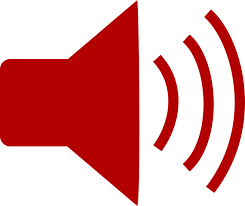Older adults can save tens of thousands of dollars annually by choosing assisted living communities over aging in place in their homes.
Unlike point solutions, Inspiren unifies resident safety, care planning, staffing, and emergency response into a single AI-powered platform.
An artificial intelligence-powered virtual assistant platform for senior living and care providers.

 Today’s What’s Next Boomer Business Summit is recognized as key for entrepreneurs. For the past 16 years, Mary Furlong and Associates have presented the
Today’s What’s Next Boomer Business Summit is recognized as key for entrepreneurs. For the past 16 years, Mary Furlong and Associates have presented the  You may have seen that rechargeable hearing aid commercial. What was most striking about the
You may have seen that rechargeable hearing aid commercial. What was most striking about the